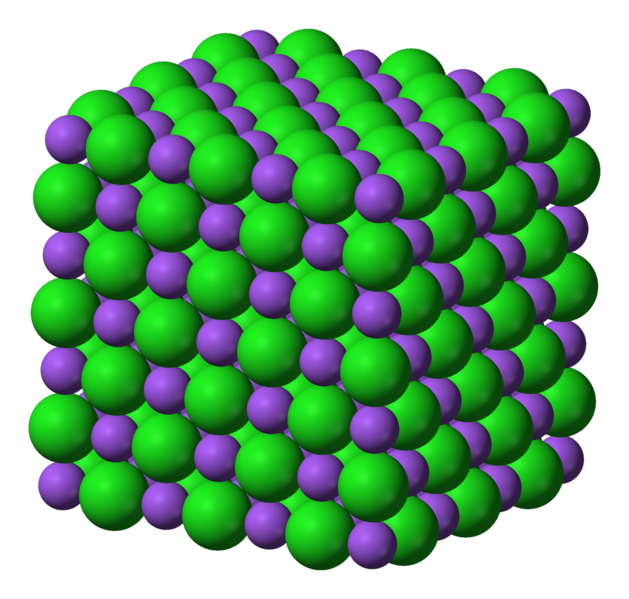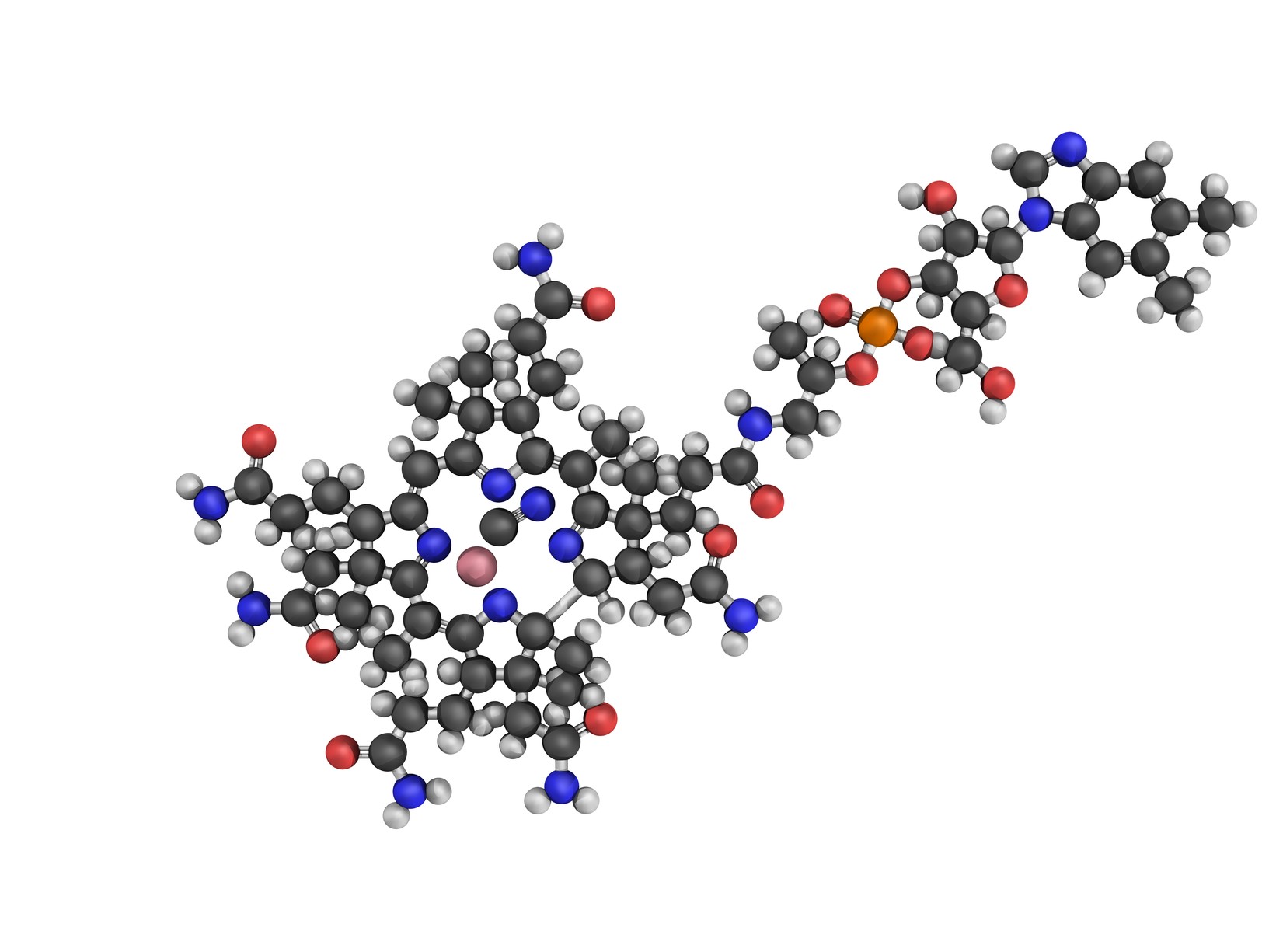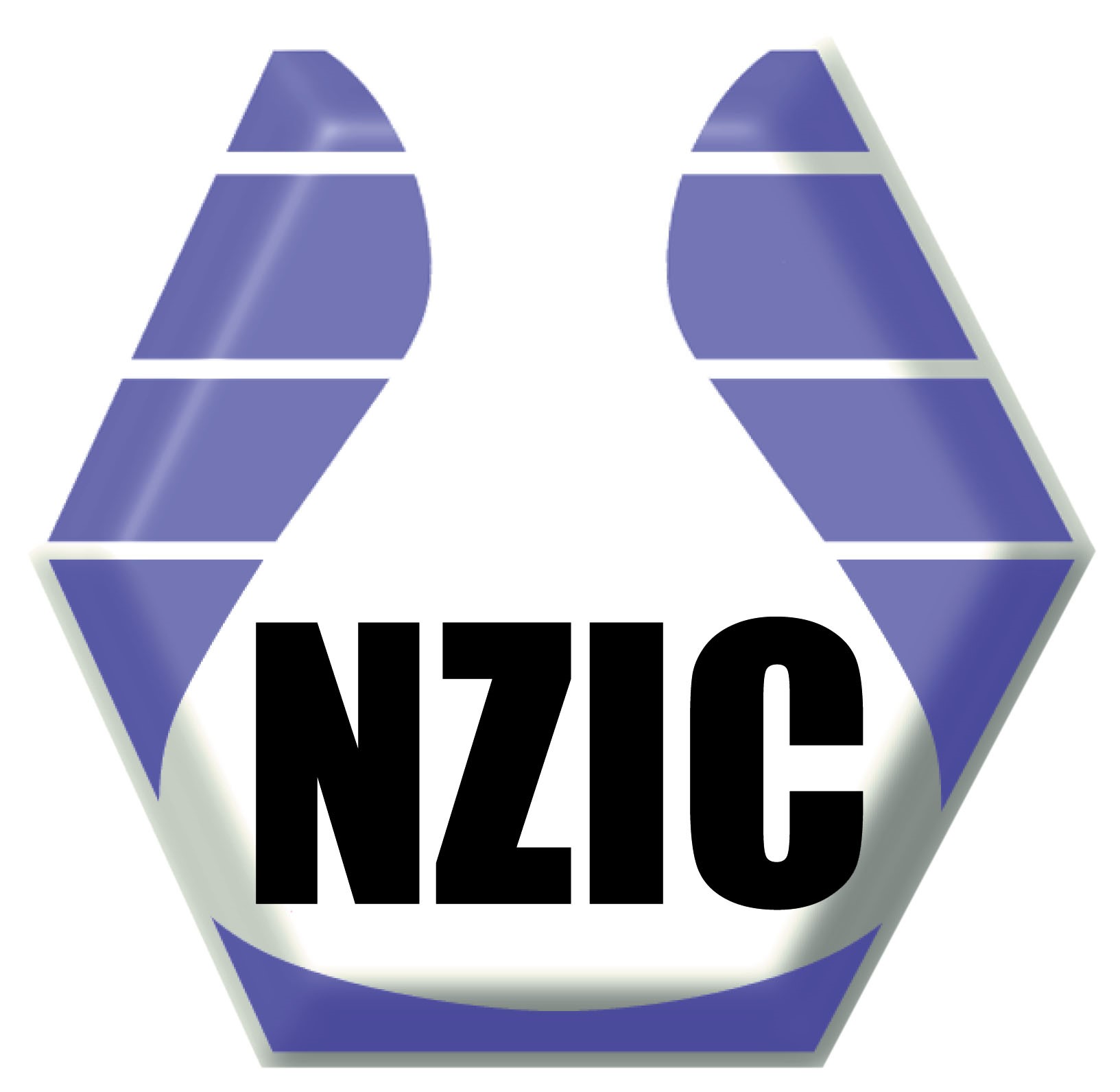Chemistry can be thought of as being about two things – Making new molecules and materials and then studying their properties. To properly understand how chemical reactions happen, and why molecules have the properties that they do, it is vital to have an understanding of the way in which the molecules are put together and what shape they are. And in many cases this understanding comes from an experiment called X-ray Crystallography.
 In 1914 a German scientist called Max von Laue won the Nobel prize for Physics "for his discovery of the diffraction of X-rays by crystals" – the key discovery that allowed chemists to be able to 'see' what molecules look like. 1914 was also the year when the structure of the first molecule, normal table salt (sodium chloride), was worked out using X-ray crystallography.
In 1914 a German scientist called Max von Laue won the Nobel prize for Physics "for his discovery of the diffraction of X-rays by crystals" – the key discovery that allowed chemists to be able to 'see' what molecules look like. 1914 was also the year when the structure of the first molecule, normal table salt (sodium chloride), was worked out using X-ray crystallography.
100 years later over half a million molecules have had their structures determined by X-ray crystallography, from the simplest molecules, like water (H2O) to huge biological molecules with many thousands of atoms. The information that these structures provide enables scientists to understand why some things are solids and others are gases, why some molecules react and some don't, why some molecules can work as medicines and some can't. X-ray crystallography is an extremely important part of modern science.

The structure of Vitamin B12, first determined by X-ray crystallography in 1956 by Dorothy Crowfoot Hodgkin.
The New Zealand Institute of Chemistry, along with the University of Otago's Science News and Promotions committee invite you to take part in our second School's Crystal Growing Competition. More information about X-ray crystallography and details on how to grow crystals can be found in the following pages, along with a registration form to sign up for the competition.
